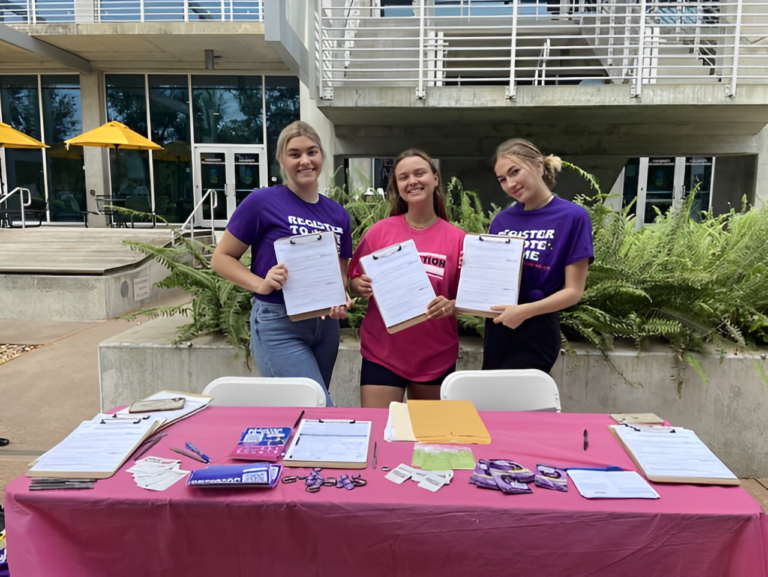Experiences with bears, coyotes, raccoons, and the legendary alligators have increased significantly in Florida in recent years. The Florida Fish and Wildlife Conservation Commission (FWC) attributed a startling 30% rise in calls pertaining to such encounters to a number of reasons.
Director of the Center for Biological Diversity in Florida Elise Bennett says that one key contributing element is the unbridled spread of badly planned construction into rural regions. Natural habitats are destroyed and wildlife is forced to live closer to human settlements as Florida’s population grows and urban sprawl encroaches upon once wild areas.
Bennett stresses the need of giving sustainable expansion in cities top priority so that wildlife may live in freedom from ongoing human influence. Florida may reduce how often people and wildlife contact by limiting careless development methods and protecting natural spaces.
Taking care of these interactions also turns out to need education. Knowledge on how to live peacefully with wildlife can greatly lower conflicts among locals. Bennett emphasizes the need of teaching locals about safety precautions and what to do in case they come into contact with wildlife, therefore reducing the possibility of confrontations and guaranteeing the welfare of both people and animals.
The FWC notes the growing problem and emphasizes how raising public awareness has boosted the volume of calls to the Wildlife Assistance Program. The FWC has stepped up public outreach about the resources of the Wildlife Assistance Program in an effort to reduce interactions between humans and wildlife. People can get important information and direction on how to avoid and handle interactions with wildlife through this program from Wildlife Assistance Biologists.
Read More News:
- Florida Abortion Ban Sparks Varied Reactions and Fundraising Efforts
- Bird Flu Outbreak: The Unforeseen Consequences on a North Texas Dairy Farm
- Queens Gun Owner Fires Shots at Raccoon in Unusual Daytime Encounter
Basically, a multidimensional strategy is required to handle the increase in human-wildlife interactions in Florida. Implementing laws to control development and save natural areas is only one aspect of it; another is giving public education programs top priority in order to promote harmony between people and animals. In order to reduce conflicts and guarantee the long-term cohabitation of its citizens and wildlife, the state of Florida might take proactive steps and promote a better knowledge of its varied ecology.







+ There are no comments
Add yours